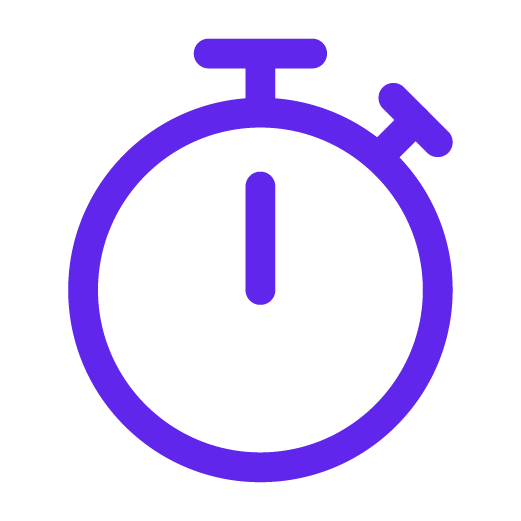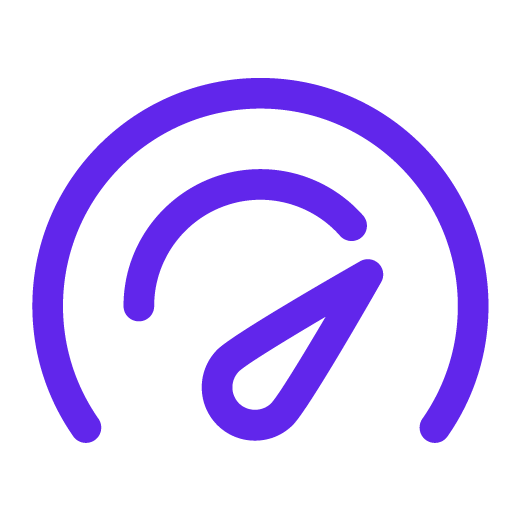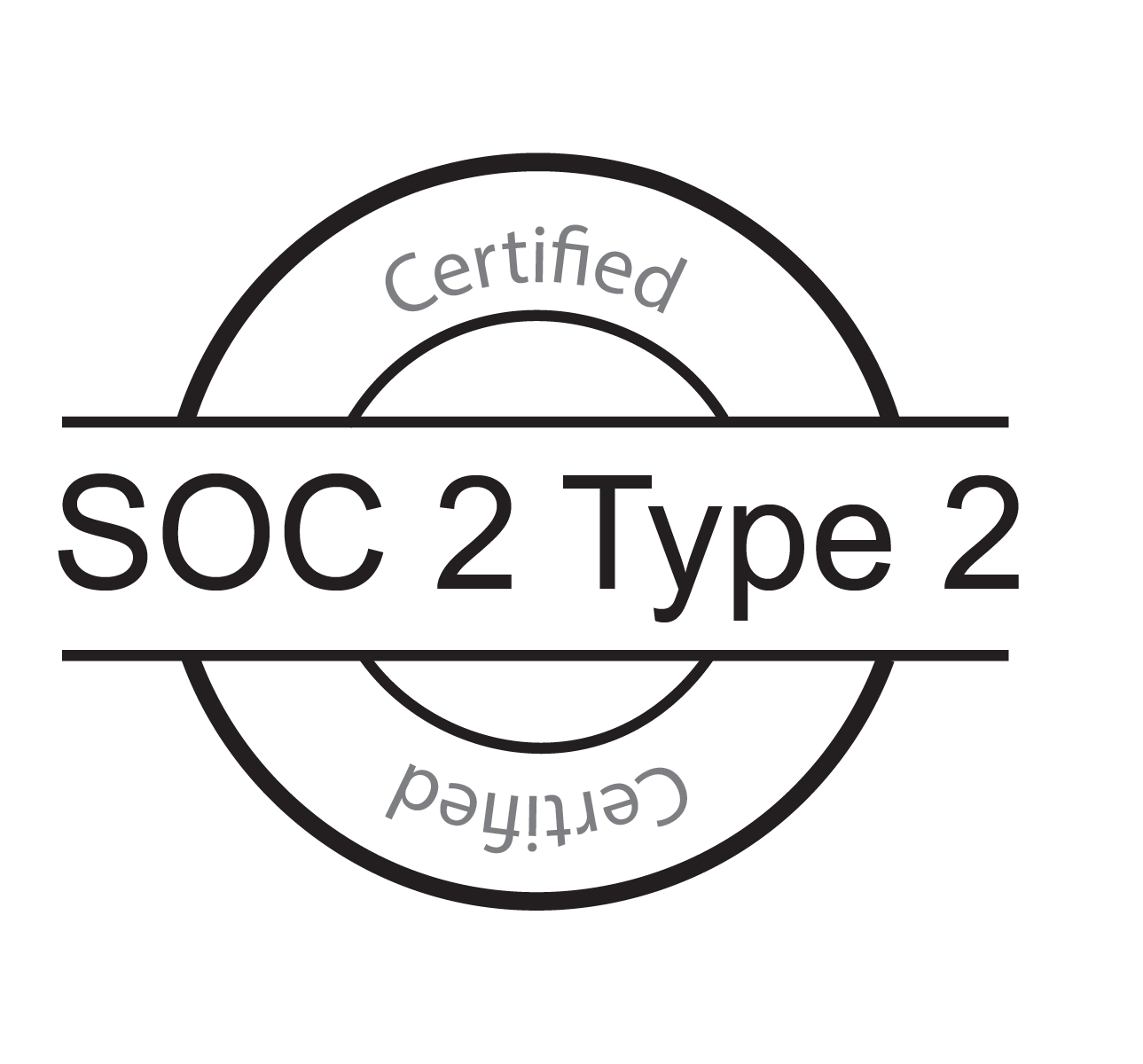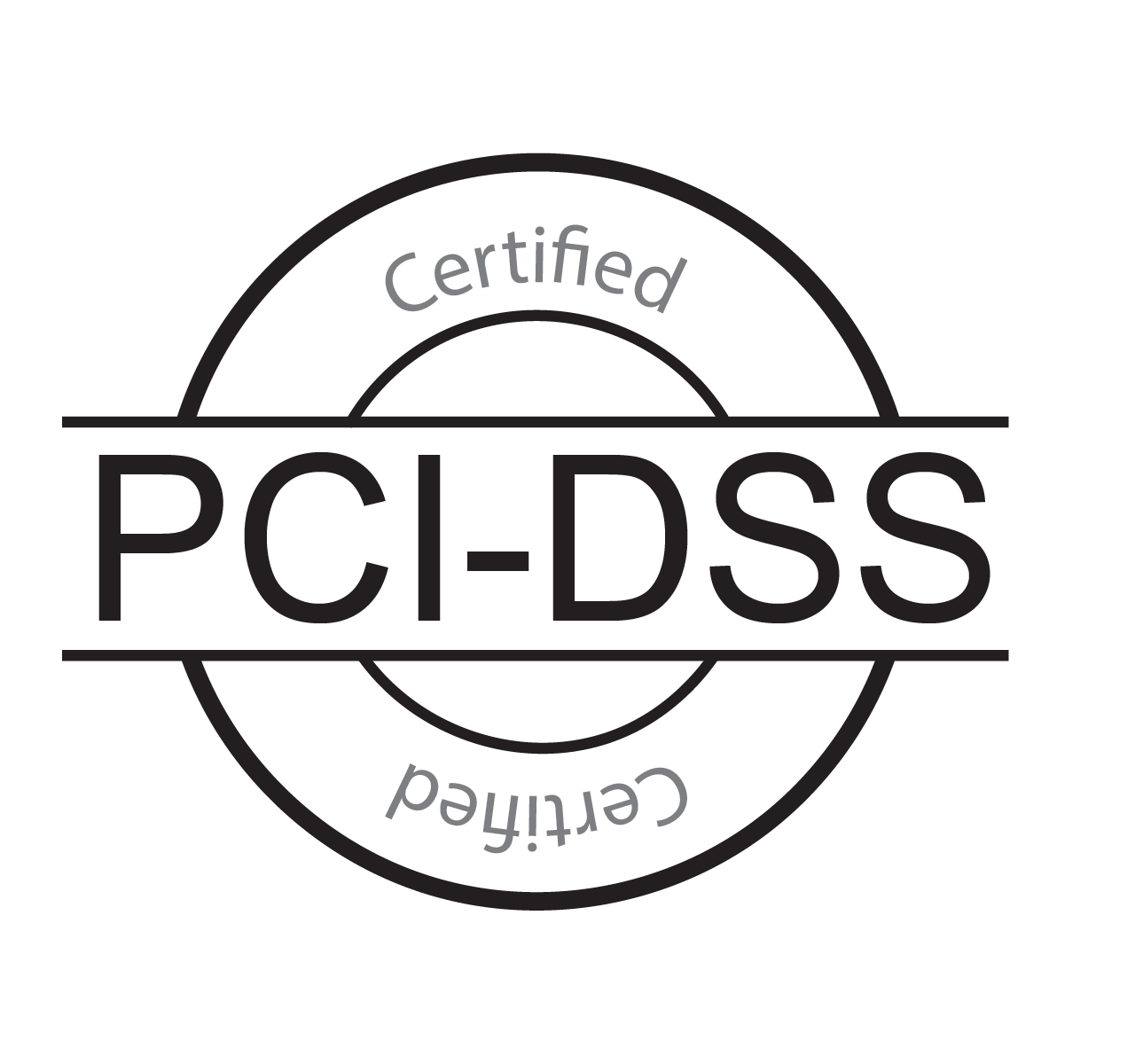Accessible and Compliant Statements
Deliver accessible statements in alternative formats, including braille and reflowed large print—while protecting clients’ confidentiality.
Our revolutionary and proprietary aDOCS platform seamlessly and securely integrates with customer-designated, customer-specific document repositories and automates the conversion of statements into alternative formats—ensuring you can deliver the documents your consumers need in the format they need it.
Streamlined and Secure.
Data integrity and confidentiality keep our customers coming back. Allyant adheres to the highest standards of security to protect your organization and your customers’ information. Our processes and production facilities have been engineered to follow NIST 800-53 recommendations and are HIPPA, Soc 2 Type 2, and PCI-DSS certified. ’ It’s why some of the world’s biggest brands trust Allyant for their alternative format statement transcription.

Simple, Seamless Statement Accessibility with Allyant.
Ensure your organization’s recurring statements are available in the formats your consumers need—braille, reflowed large print, accessible PDFs, and others. Plus, our processes and our production facilities are backed by the highest standards of quality and security.
Connect with us TodayFrequently Asked Questions.
Creating an ADA accessible statement means you are creating a document that is readable, understandable, and usable for people with disabilities—users who may be blind, deaf, have low vision, a cognitive disability, or other. These users need statements that accommodate the way in which they consume information. For example, an ADA accessible statement could include an accessible PDF that is created to properly interact with a blind user’s screen reader technology, a braille statement for someone who is blind and reads braille, or a statement printed in large, reflowed large print for a low-vision user.
Creating an accessible statement requires thoughtful formatting and structure, and would require a different process based on the type of disability the statement is accommodating.
For example, if you are creating an accessible PDF for a blind user reliant upon a screen reader, that document needs to be tagged properly, reflect a logical reading order, ensure images have alternative text, and more.
Creating a braille statement involves using transcription software that will convert the content into braille, and printing with a braille embosser.
If you are relying on a third-party provider to ensure a statement is accessible—whether transcribing to braille, reflowed large print, or making a PDF accessible—ensure that provider’s systems and processes support confidentiality. Statements often involve protected client information, and must be processed with the highest standards of safety and security.









